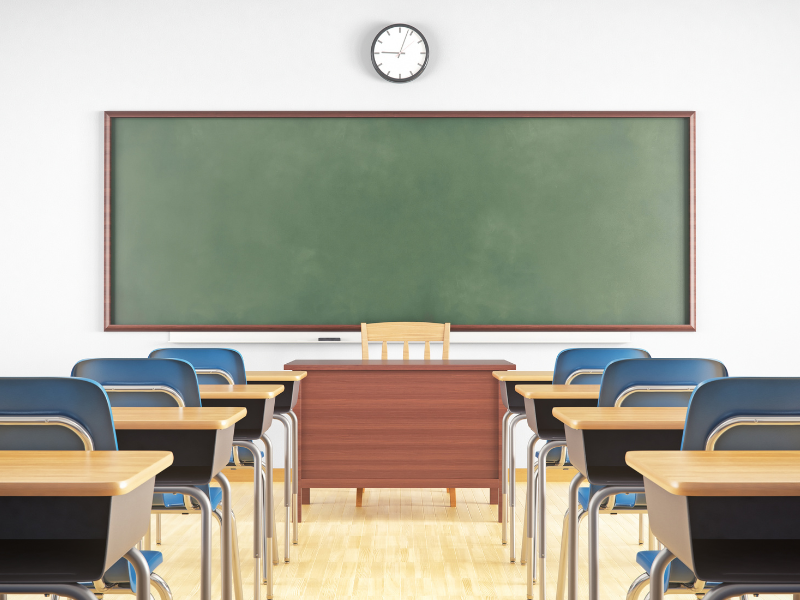All students deserve a learning environment that meets their unique needs. For students with disabilities, Individualized Education Programs (IEPs) help ensure that their educational journey is both inclusive and effective. As a teacher, understanding the IEP process is essential for creating an environment where all students can succeed. We will cover the IEP process, offering a comprehensive guide to help educators navigate this important aspect of special education.
1. Foundation of IEPs: Understanding the Essentials
At its core, an IEP is a legally binding document that delineates the specialized instruction and support a student with a disability will receive. It serves as a collaborative effort involving teachers, parents or guardians, special education professionals, and sometimes the student. The IEP outlines the student's present level of performance, goals, services, accommodations, and the mechanism for evaluation.
2. The IEP Team: Collaboration and Roles Defined
The IEP team is made up of diverse individuals who lend their expertise to craft a holistic educational plan. Teachers, special education personnel, parents or guardians, and sometimes the student themselves, converge to design a plan that caters to the student's distinct needs and abilities.
3. Assessment and Identification of Disabilities
Embarking on the IEP journey often commences with the identification of the student's disability via assessments and evaluations. Teachers play an important role in providing insights into the student's academic and behavioral performance, which forms the bedrock for the team's decisions on suitable interventions and support.
4. Pinnacle of IEPs: Developing Measurable, Attainable Goals
Goals stipulated within the IEP must be SMART—Specific, Measurable, Achievable, Relevant, and Time-bound. Teachers collaborate extensively with the team to ascertain that these goals are not only ambitious but also within the realm of the student's capabilities.
5. Tailoring Strategies: Accommodations and Modifications
The responsibility falls on teachers to translate the accommodations and modifications detailed in the IEP into classroom practices. Accommodations offer support sans altering content, while modifications necessitate alterations to the curriculum. A teacher's profound understanding of these strategies is pivotal in guaranteeing the student's success.
6. The Glue: Collaboration and Effective Communication
Transparent lines of communication constitute the bedrock of successful IEP implementation. Teachers are encouraged to maintain regular dialogue with special education staff, parents, and relevant service providers. This ongoing communication facilitates progress tracking, strategy adjustments, and prompt resolution of concerns.
7. Progress Monitoring and Insightful Reporting
IEPs are dynamic documents that evolve with the student's progress. Regular assessment of the student's advancement is a teacher's responsibility, leading to adaptive strategy revisions. Progress reports serve as essential tools for disseminating information regarding the student's development to all stakeholders.
8. Annual IEP Meetings: A Confluence of Minds
The IEP team convenes at least once a year for an annual review and update of the student's IEP. Teachers wield significant influence in these meetings, offering insights into the student's academic and behavioral performance, contributing to goal-setting, and suggesting refinements to strategies.
The IEP process might seem complex or daunting at first, but with knowledge and collaboration, teachers can become adept at navigating it effectively. By understanding the basics of IEPs and how they function, educators can help create an environment for students to succeed.
©2023 Therapy Shoppe® Incorporated. All rights reserved.
More articles you might enjoy:
Creating a Back-to-School Supplies Shopping List for Learners with Unique Needs
Visual Timers and Schedules: Helping Kids Manage Time and Transitions
Accommodations vs. Modifications: Knowing the Difference and Implementing Them Effectively

